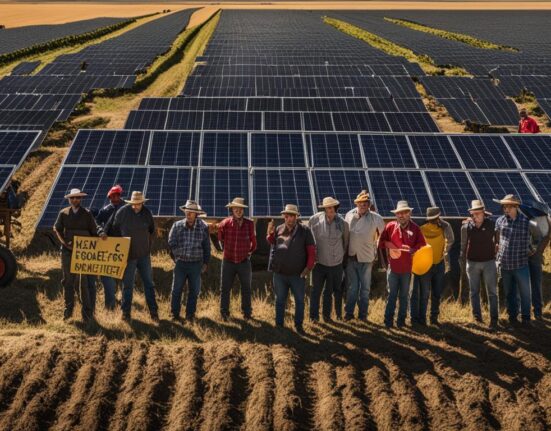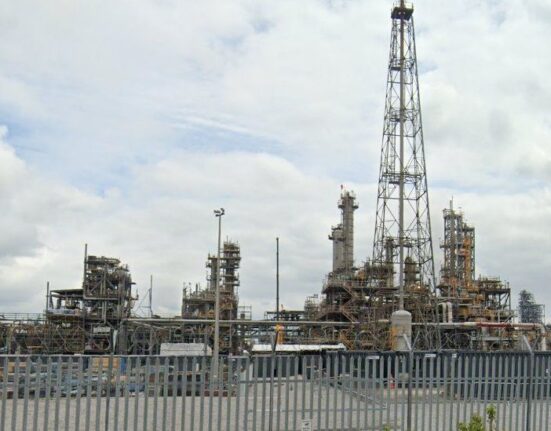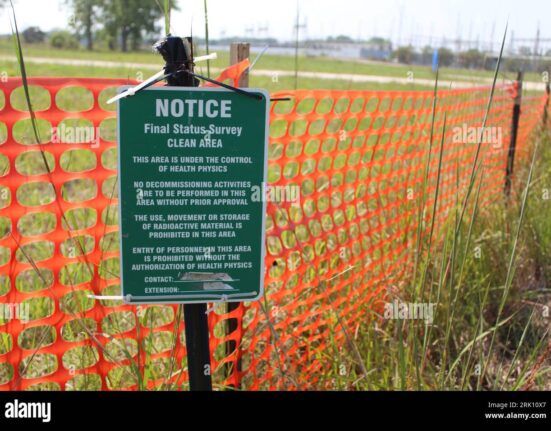Human-caused aerosols, those tiny particles produced mainly by burning fossil fuels, have long been a key player in the climate change game. These particles act as a sort of “invisible brake
” on global warming by absorbing or reflecting sunlight and affecting cloud formation. This, in turn, leads to lower temperatures both regionally and globally.
Aside from their impact on climate, aerosols also significantly affect human health. Poor outdoor air quality resulting from these particles contributes to millions of premature deaths each year. Efforts to reduce aerosol emissions have led to improvements in air quality worldwide but have also unmasked the warming effects of carbon dioxide (CO2) and other greenhouse gases (GHGs).
According to experts, there’s about half a degree of warming currently “
hidden
” by aerosols. Without these cooling effects from aerosols like sulphate, today’s global temperature would be much closer to 2 degrees Celsius above pre-industrial levels rather than the around 1.4 degrees it is now.
One expert noted, “
There is a delicate balance between the cooling effect of aerosols and the warming effect of GHGs.
” This balance has shifted as efforts to reduce aerosol emissions have gained momentum in recent years.
As one scientist explained, “
Aerosols play a crucial role in either cooling or warming the planet based on their properties and human activities that release them into the atmosphere.
” The types of aerosols include sulphur dioxide (SO2), black carbon, organic carbon, nitrate, ammonia, dust, sea salt – all with varying impacts on climate depending on their sources and characteristics.
Moreover, research shows that declines in sulphur emissions globally have had a significant impact on temperatures. For instance, China’s reduction of SO2 emissions by over 70% since 2007 has not only improved public health but also contributed to global temperature increases over the past two decades.
“
It’s fascinating how changes in aerosol emissions are influencing the rate of global warming,” remarked one climate expert. Recent analyses indicate that declining aerosol emissions are actually accelerating human-caused global warming rates.
Looking ahead, most future emission scenarios predict further declines in aerosol emissions unless reductions occur simultaneously with methane and other short-lived GHGs. If this doesn’t happen, experts warn that we could see an acceleration in global warming rates despite potential plateaus in CO2 emissions.
In essence, while reducing aerosol emissions signifies progress for public health and air quality improvements worldwide—there are complex implications for climate change dynamics that require careful consideration moving forward.









Leave feedback about this